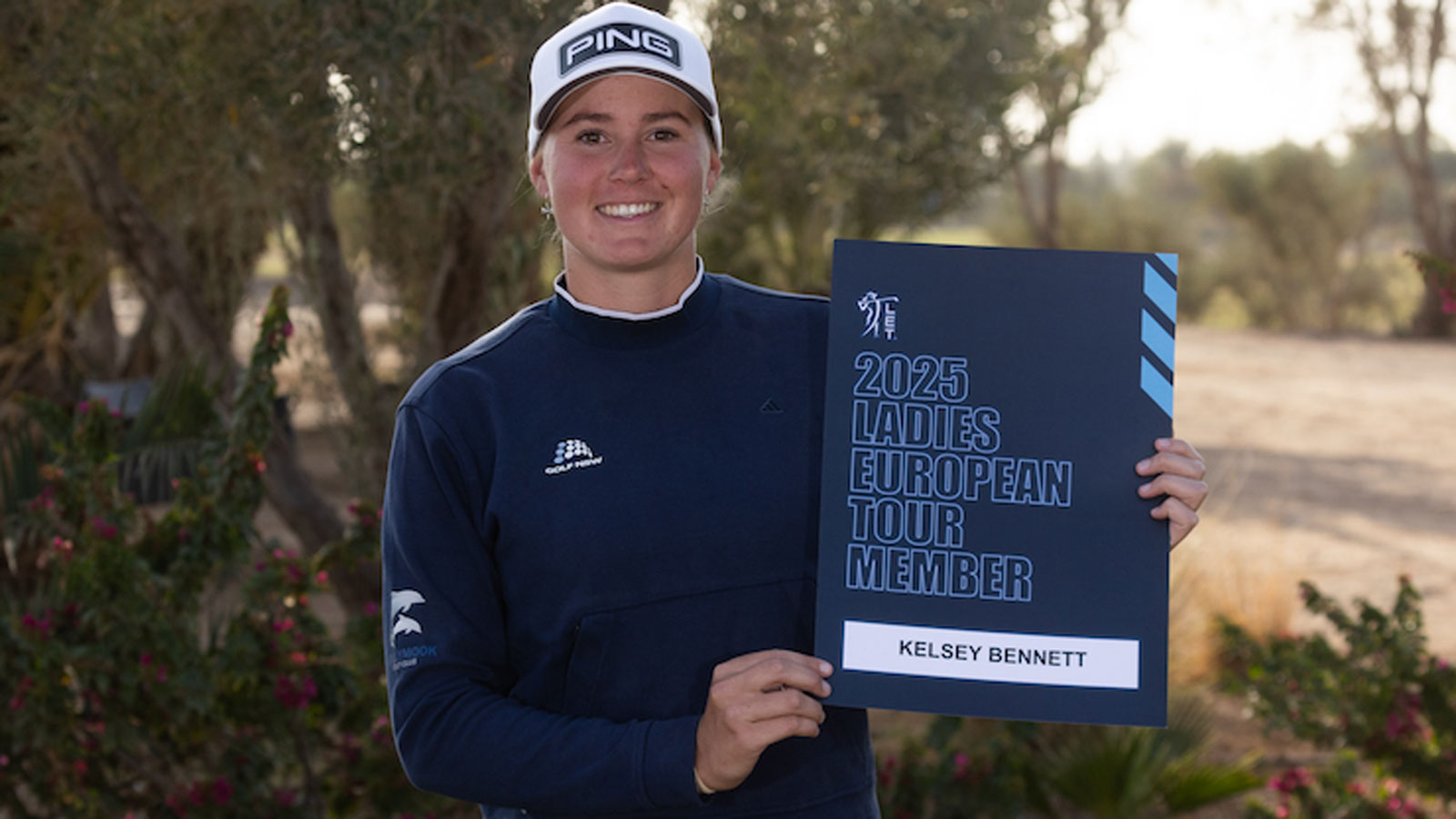Editor’s Letter: We Need More & We Want It Now – Australian Golf Digest

- by Admin
- November 13, 2024

Public golf courses are under threat. Here’s what golfers need to know
In Australia, golf is big, golf is different and golf is changing.
More and more people are playing. Women and younger demographics are increasingly participating, both on the course and in off-course formats. While golf is undergoing an exponential growth period with no signs of slowing down, there is right now a threat to many public courses. Governments are taking stock of available land and considering what its best use is, putting golf courses on the chopping block as housing and parklands are considered as alternatives.
Carly Goodrich is on a mission to share the data that’s being collected by Golf Australia to champion the need for more golf courses, not fewer, in communities and deliver the facts on the holistic benefits of the game.
The data that has been collected since the beginning of 2023 and shows that half of Australians are playing golf or interested in doing so. The cohort of people swinging is different now, too. The game’s accessibility throws age barriers to the wind and welcomes all backgrounds. The way we now play looks very different. Short-course, indoor simulators and driving ranges are the preference for young people and women, shifting demand in the market.
Players are increasingly opting to play social rounds and not ‘marry into’ a membership, while public courses are where most Australians are playing golf.
“They can afford it, do it in a time that suits their lifestyles and can play early in the morning or later in the evenings. It’s where our multicultural communities are coming to play,” Goodrich says.
Despite this, nowhere is safe from the microscope as governments seek solutions for a housing shortage, population growth and desire for more open spaces.
In Sydney, a battle is building at Australia’s busiest public golf course.
“The biggest one on our agenda is Moore Park Public Golf Course, which is in the heart of the Sydney CBD, and the NSW premier has announced it would reduce it by nine holes to build a parkland. We have been vocal in opposing that decision,” Goodrich says.
“We feel like government didn’t have all the right information about how well golf is going in terms of participation and the trends in how people are participating.”
Golf clubs not only provide physical and mental benefits via exercise, but are also a meeting place for social connection and gatherings, with more than a third of Aussies visiting a golf facility. Economic benefits include the thriving golf tourism industry bringing visitors to our shores and the flow-on effect of the jobs created.
“And the third part is the environmental benefits. There’s greater biodiversity,” Goodrich adds.
So what does the future of the culture of golf look like?
This issue of Australian Golf Digest Women celebrates the rising and shining stars championing the game from the top down, featuring Lydia Ko leading from the world stage and fuelling a fire of inspiration.
Time will tell as players shape the very landscape of the state of play locally. Perhaps more short courses will dominate due to land shortage and simulator golf will thrive among time-poor players. Or maybe the latter are byproducts of insufficient tee-times at public courses to cater for the demand?
“We absolutely need more courses, not fewer. We want to make the game more accessible,” Goodrich says.
So now is not the time to shy away from the golf course. Get out there this summer and play your heart out.
The Latest News
-
December 23, 2024‘Puts golf on the map here’: Ryan Fox praises Rory McIlroy visiting New Zealand’s Tara Iti, Te Arai – Australian Golf Digest
-
December 23, 2024Freedom Boat Club Announces its 10th Australian Location with its Newest Location Offering Direct Access to the Iconic Brisbane River – Marine Business News
-
December 23, 2024Highfield and Australian Sailing team up in RIB support – Marine Business News
-
December 23, 2024‘I felt horrible’: How Brett Lee went from an ill-fated threat to Test stardom in four balls
-
December 23, 2024QuickWin Casino: Your Fast-Track to Winning in Australia – Fantasy Football 247 – Premier League Tips





